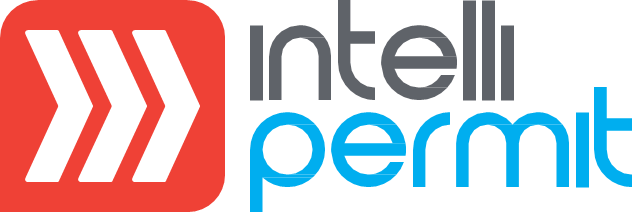Control of work and the permit
A permit to work is the control document that describes the work that is to be done, the hazards identified, the precautions to be taken and the personal protective equipment that must be used. The permit also contains details of all the isolations that need to be in place.
The challenge
Managers of companies who operate hazardous plants are fully responsible for the health and safety of the people who work there. A critical aspect of plant safety is to identify and reduce the risks associated with non-routine work such as confined space entry, hot work, working from heights and so on. The “permit to work” is the accepted best practice for ensuring that the plant is safe with all energy sources isolated; that people are informed about the risks; that adequate precautions have been taken prior to the work taking place; and that work is taking place under the supervision of persons who are properly trained, competent and authorised.
Unfortunately, many paper-based permit to work systems are simply unmanageable and lack the integrity required to ensure that work always takes place safely. The best-designed paper based systems are prone to challenges with traceability, legibility and so on. Furthermore, such systems are typically ineffective in assisting supervisors to identify adverse interactions between multiple work crews. The result of a poorly managed permit and isolation systems could be an accident leading to injury, loss of life, environmental damage, impairment to the reputation of the company, legal and other measures.
What is a permit to work?
The Permit to Work (or “Plant Clearance”) ensures that non-routine dangerous work takes place safely.
The permit is the control document that manages the process. It describes the work that is to be done, the hazards identified, the precautions to be taken and the personal protective equipment that must be used. The permit also contains details of all the isolations that need to be in place.
Normally a permit is requested (for example as part of a work order), then prepared, approved, managed and closed off at the end of the job. At each step, the responsible people have to capture the relevant information and sign-off.
Every industry has slightly different terminology, for example in mining “permit to work” is used, whereas in Oil and Gas you normally refer to a “Plant Clearance” or “Work Clearance”. IntelliPERMIT‘s electronic Permit to Work software system allows your own terminology to be configured together with the specific safety procedures used on your site. Furthermore the emphasis on hazards is highest in the Chemicals industry where many different chemicals are present in a typical process plant and there are many different hazards that might be present. In contrast, other situations such as a power station might have a higher emphasis on isolation management because maintenance work is more repetitive in nature and in most cases the hazard risk assessment has been done in advance. IntelliPERMIT can be configured for each of these scenarios. This flexible approach makes IntelliPERMIT a good fit across multiple industries.
For more information
Adapt IT Manufacturing provides digital solutions that enhance safety performance and operational excellence to help industrial companies achieve more.
For more information on Adapt IT’s work in safety software, please contact Adapt IT.
Continue Reading
Q&A with IntelliPERMIT Consultant Lungelo Majozi
Explore the advantages of electronic permit to work (e-PTW) systems over paper methods, from faster investigations to specific hazard management. Learn how e-PTW enhances safety, prevents redundant isolations, and ensures accountability. Discover future trends like 3D modeling. IntelliPERMIT automates tasks, improves communication, and reduces costs, making workplaces safer and more efficient.
Powering Safety Innovations: An Exclusive Q&A with IntelliPERMIT Consultant Shirley Breytenbach
IntelliPERMIT transforms permit management with streamlined processes, competency-based approvals, and real-time visibility. Ensure regulatory compliance, enhance worker safety, and boost operational efficiency. The system offers seamless integration, empowering organisations to proactively mitigate safety risks.
Safety Software Implementation Success : An Exclusive Q&A with IntelliPERMIT Consultant Henry Boshoff
Unlock safety software success with IntelliPERMIT: Prioritise key features, secure user buy-in through change management, and foster collaboration. Set measurable goals, leverage incident data for proactive decisions, and ensure intuitive search capabilities. Streamline report generation and simplify scheduling and management of training, drills, toolbox talks, and audits. Overcome adoption challenges by addressing pain points and customizing the software. Enhance user adoption with automation and user-friendly interfaces. Evaluate safety software providers based on knowledge, experience, and adherence to standards—IntelliPERMIT excels. Easily integrate with existing systems through standard APIs. Opt for web-based software for accessibility and usability. IntelliPERMIT enhances safety practices and compliance.



